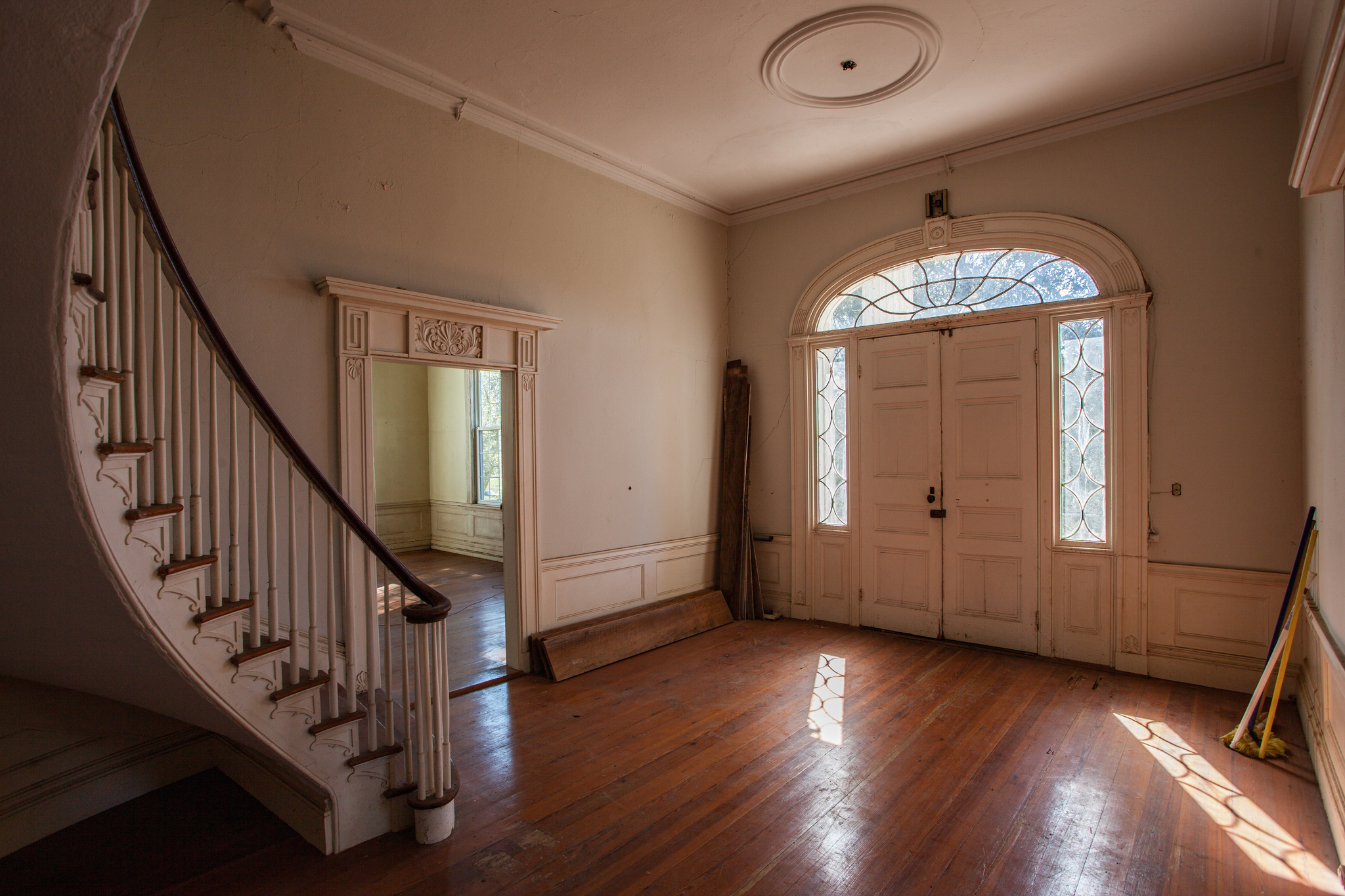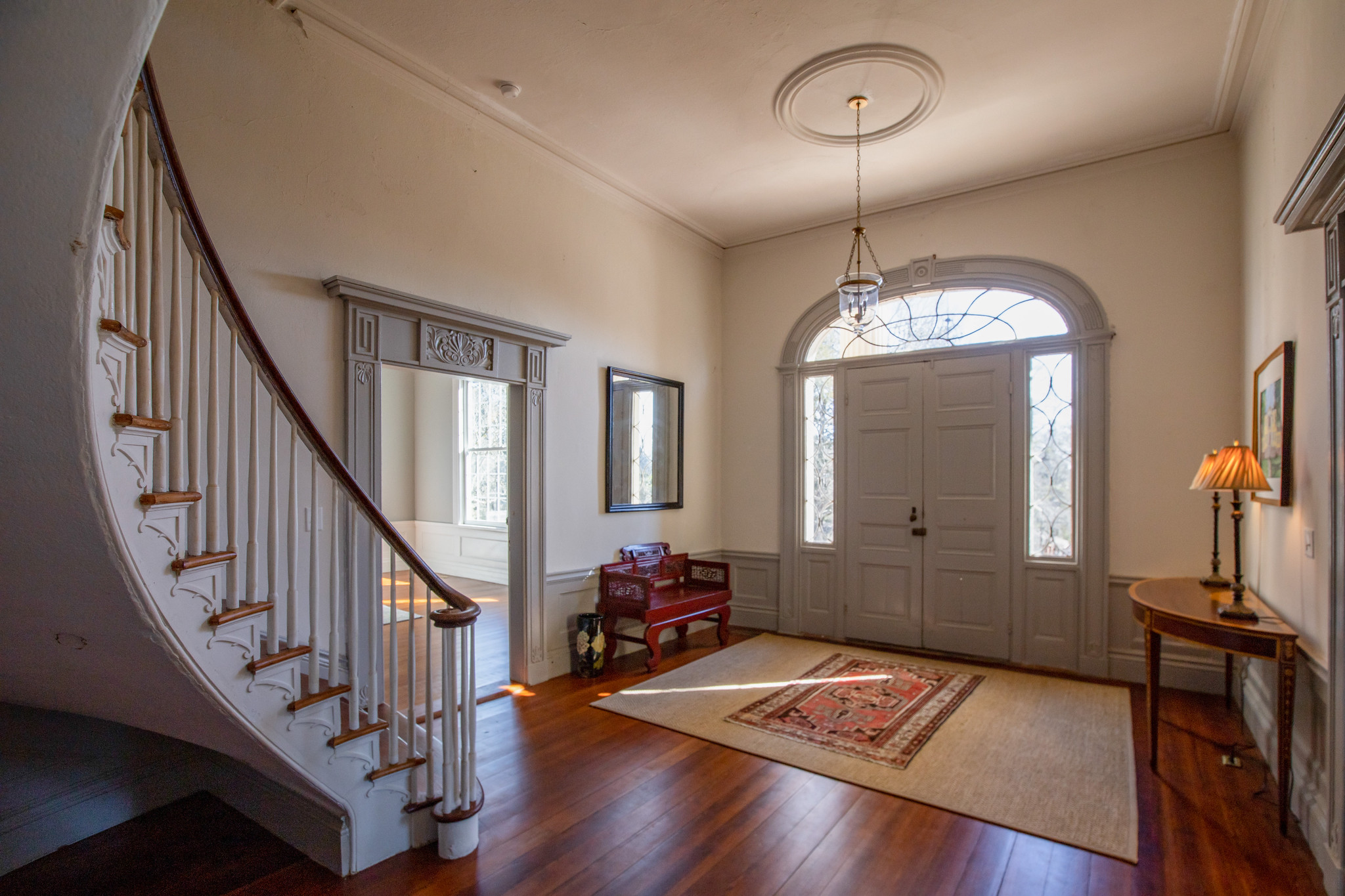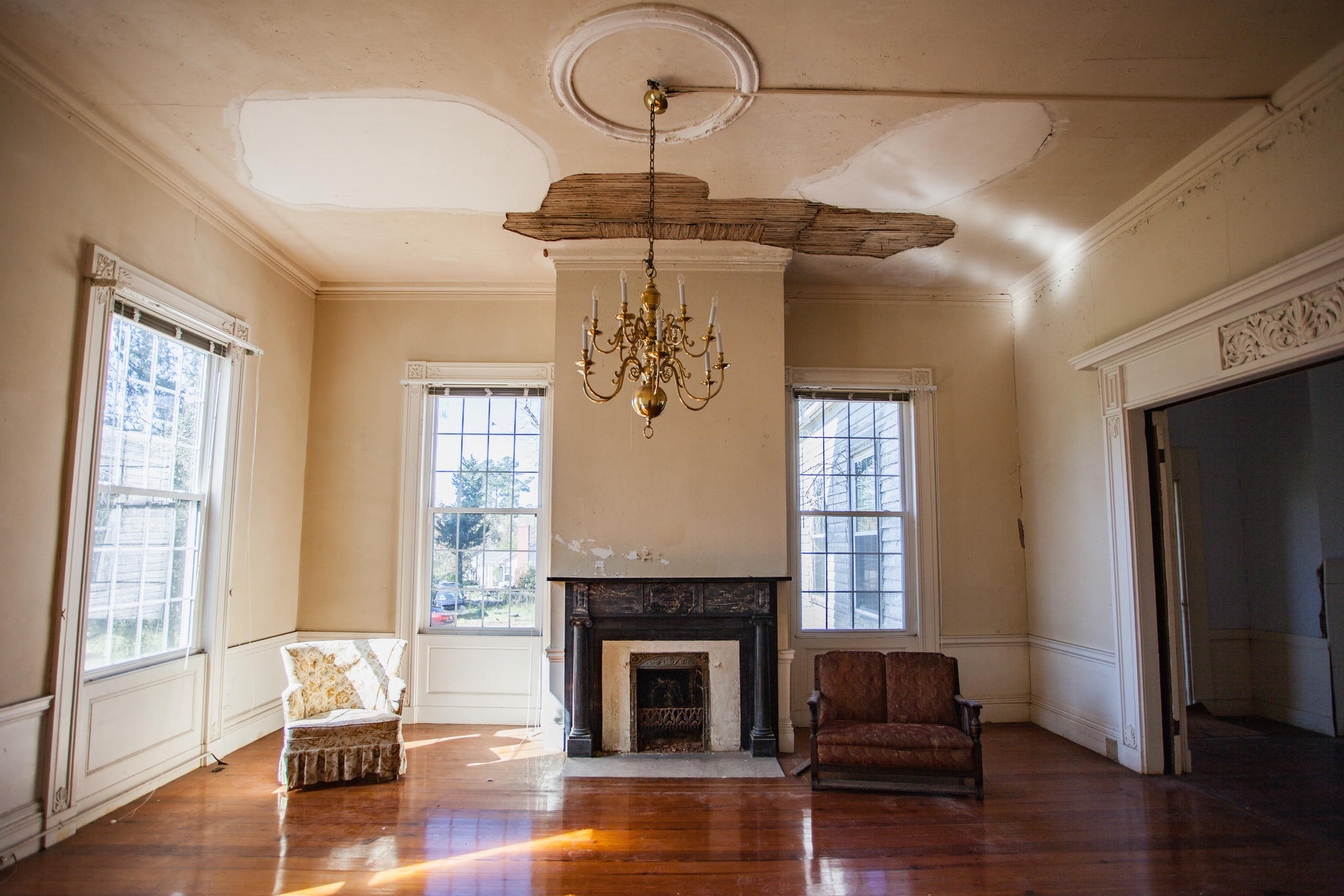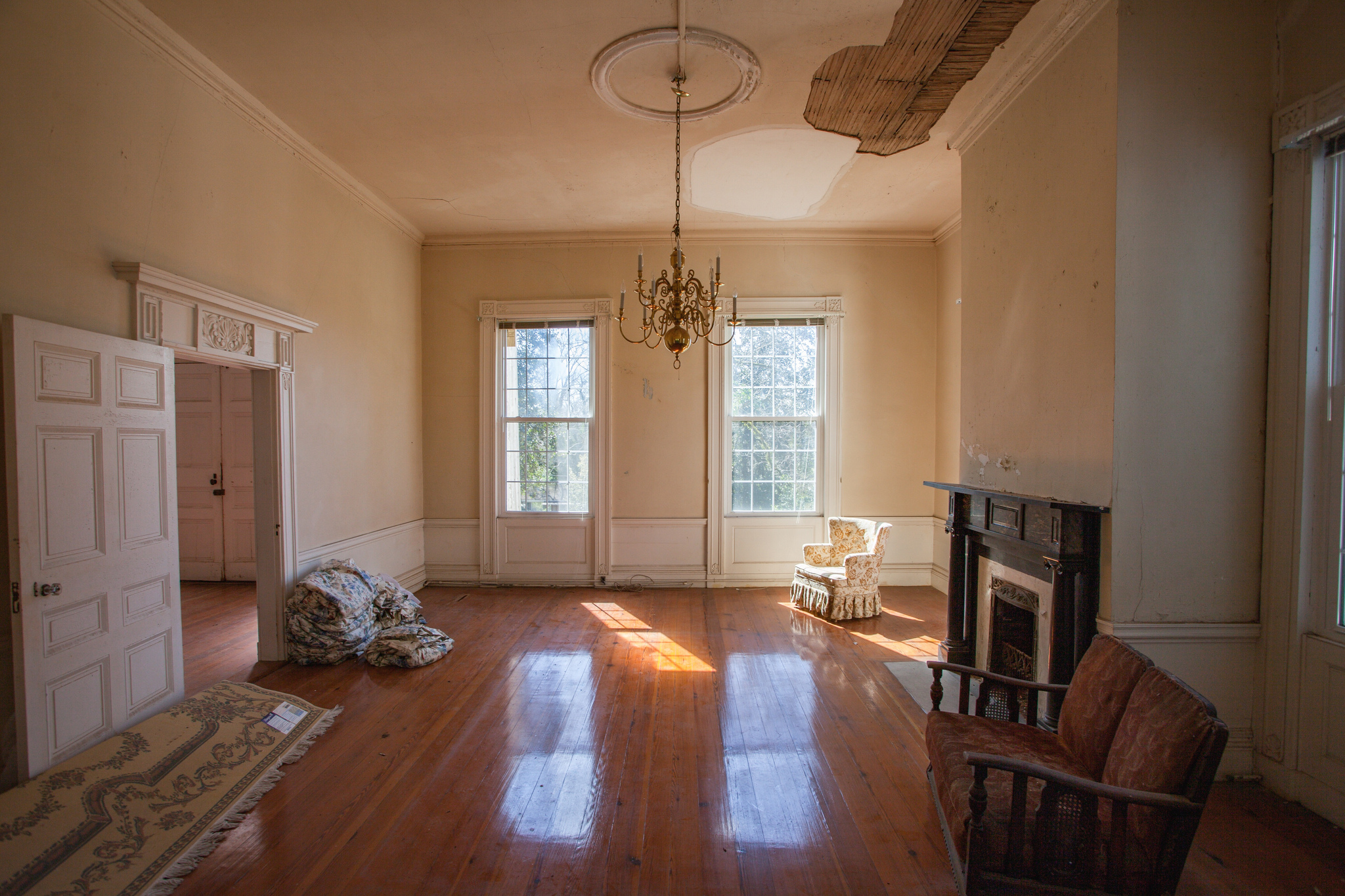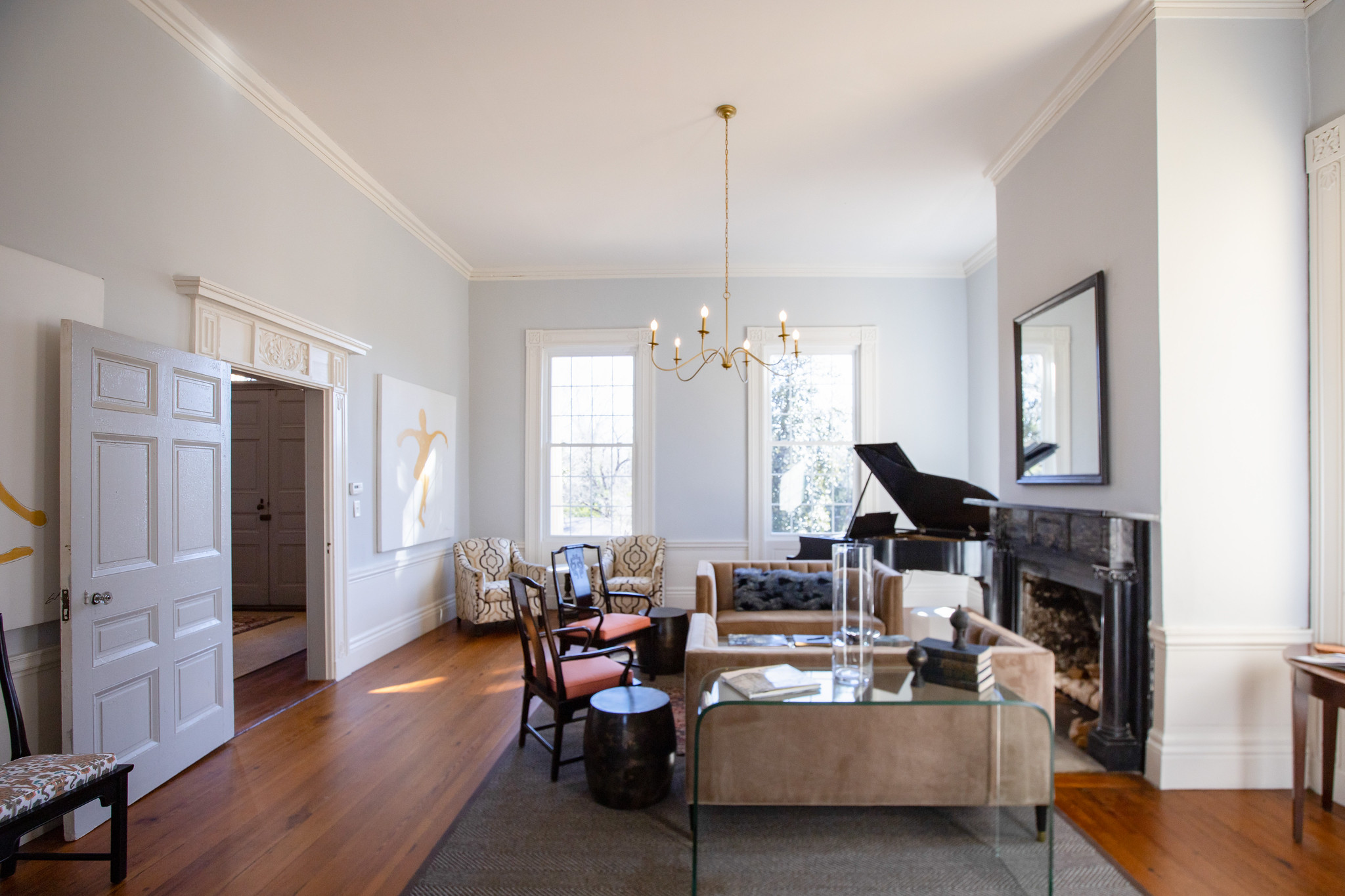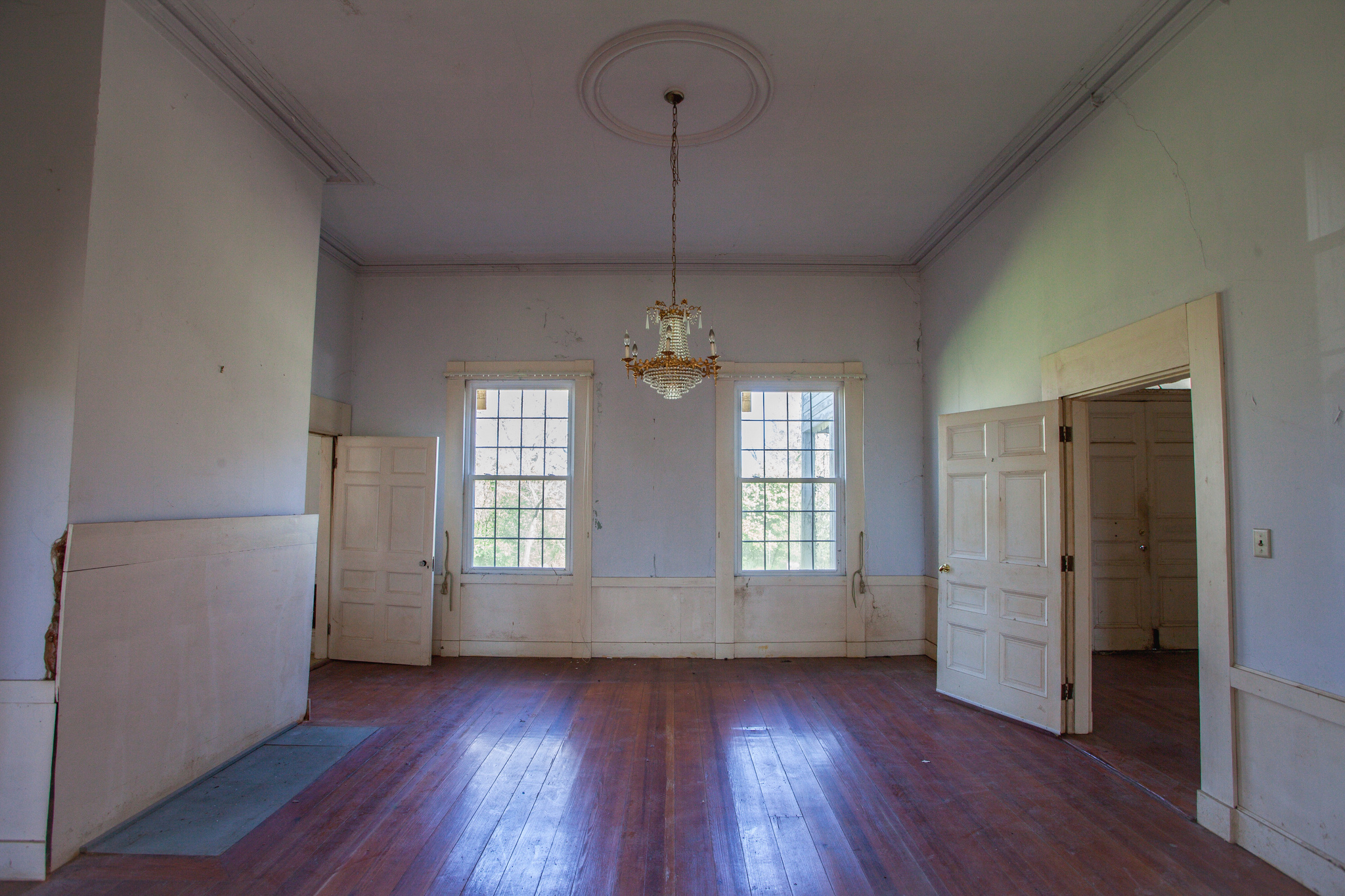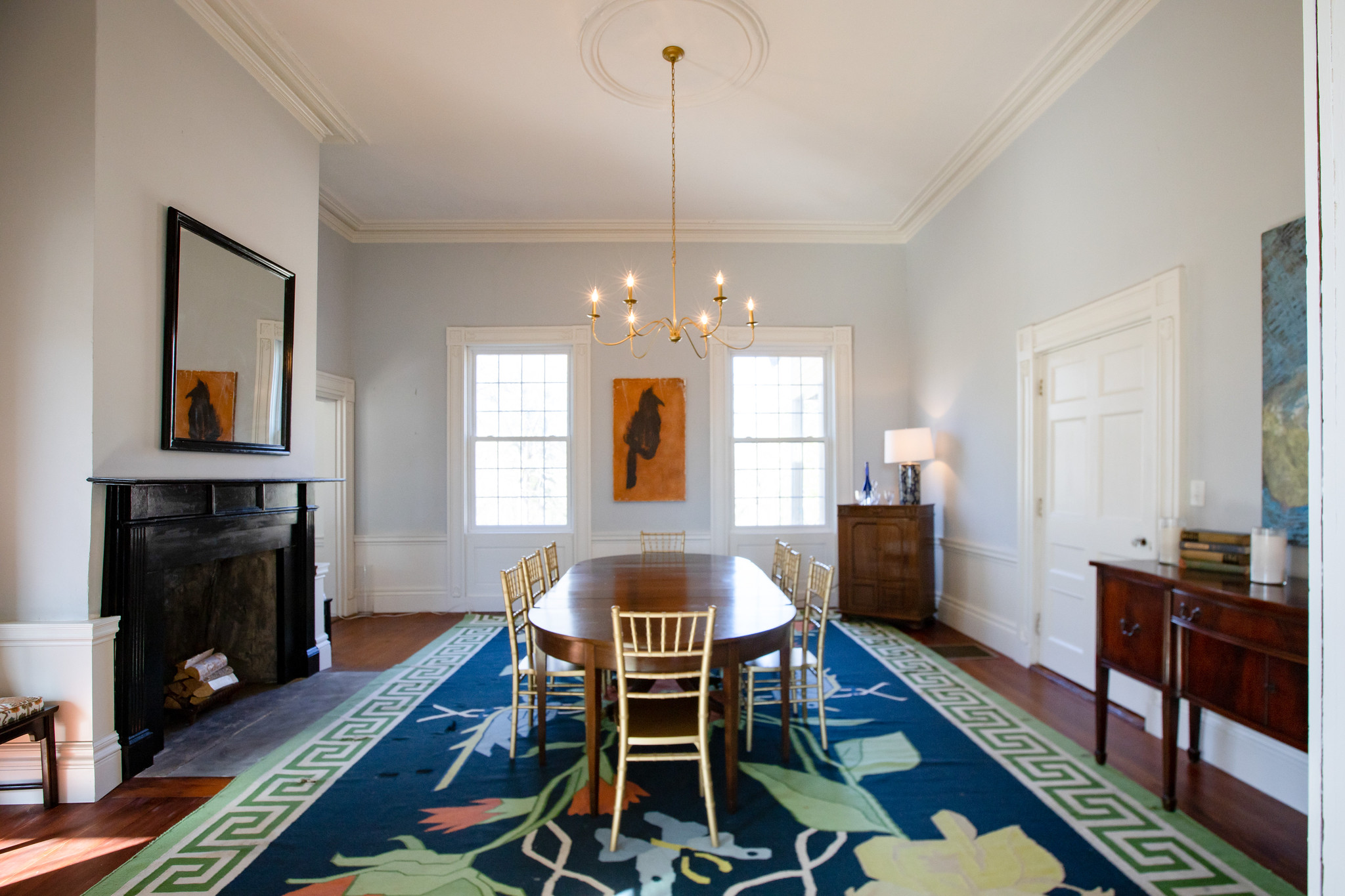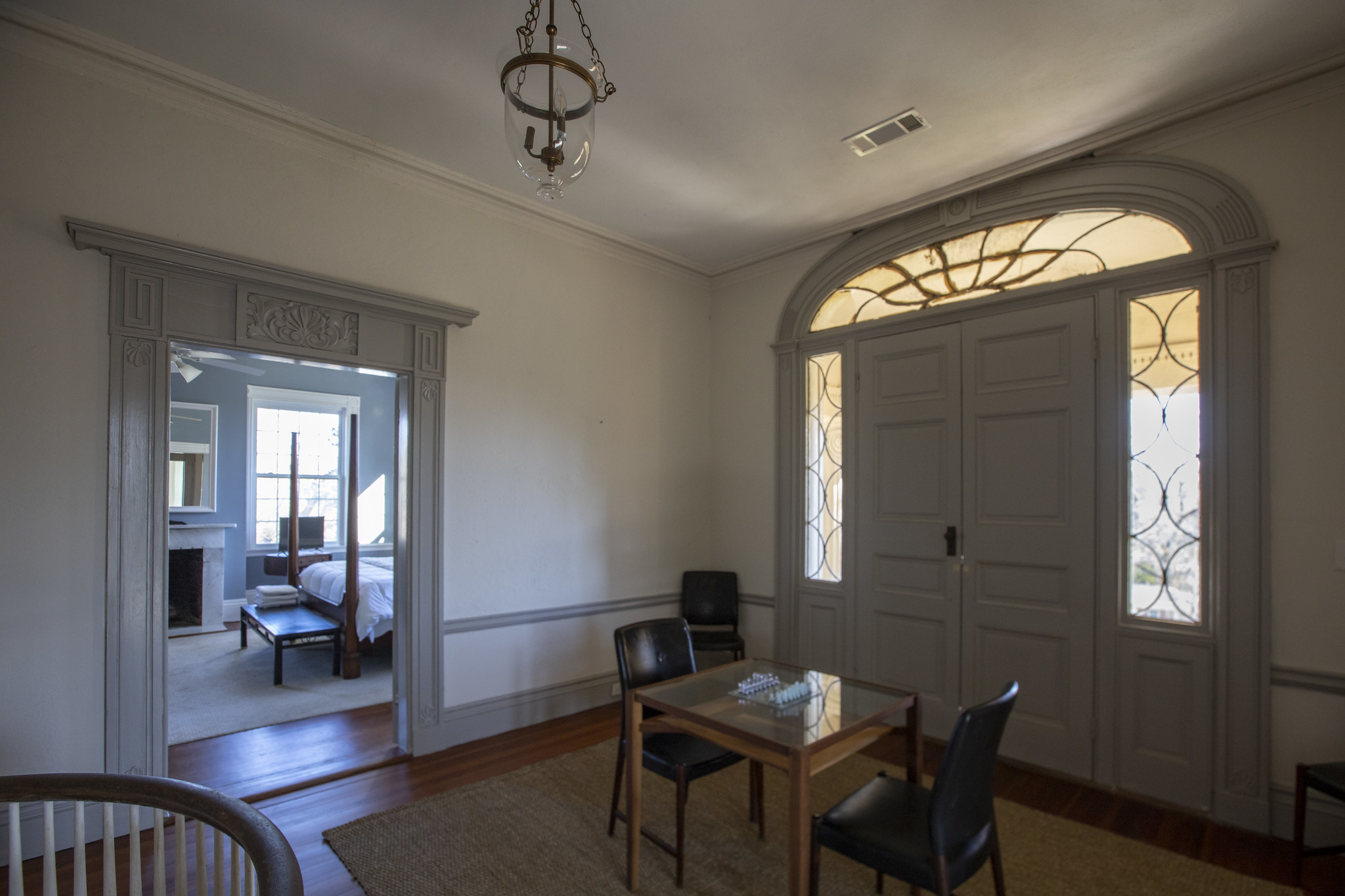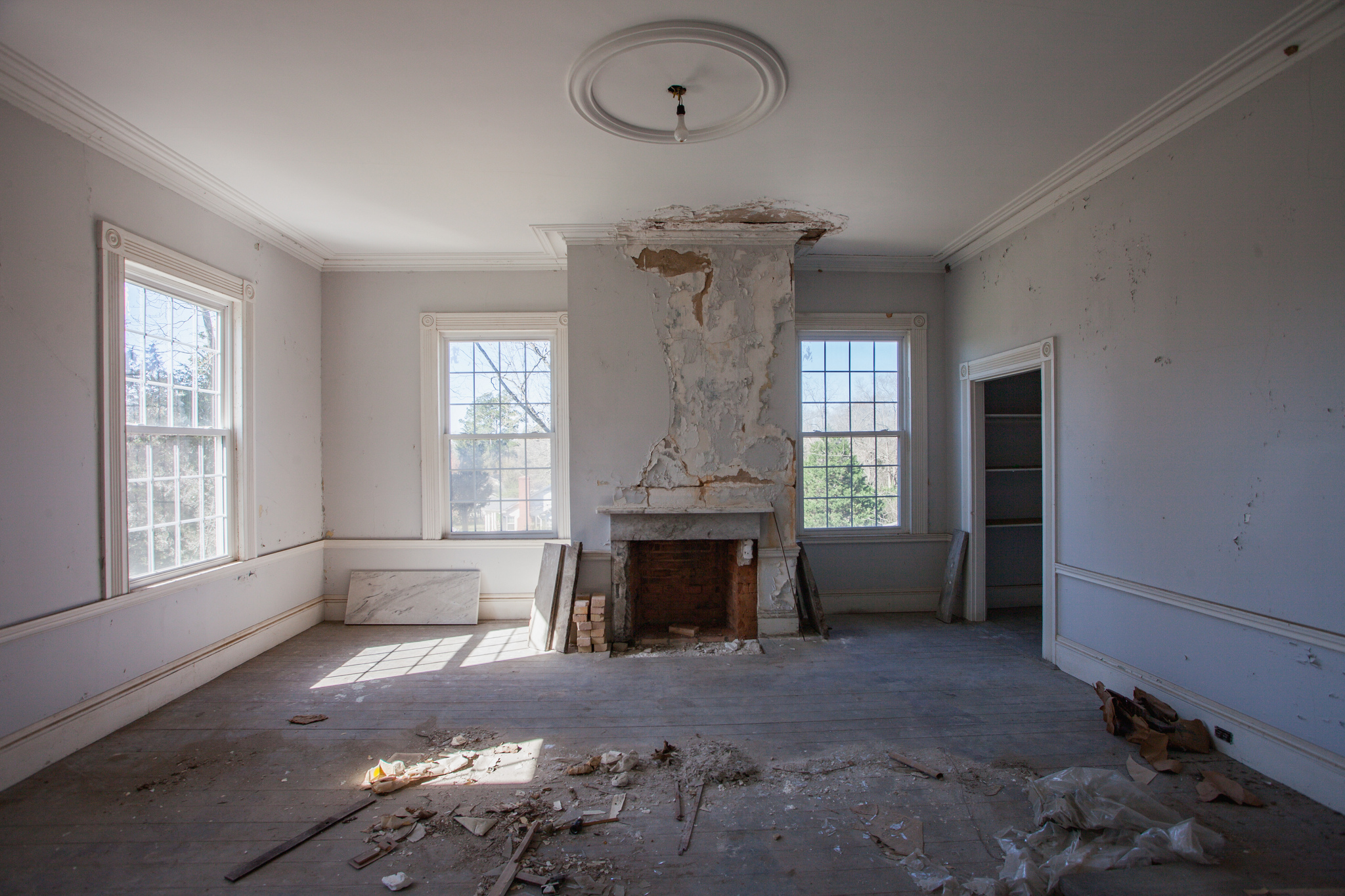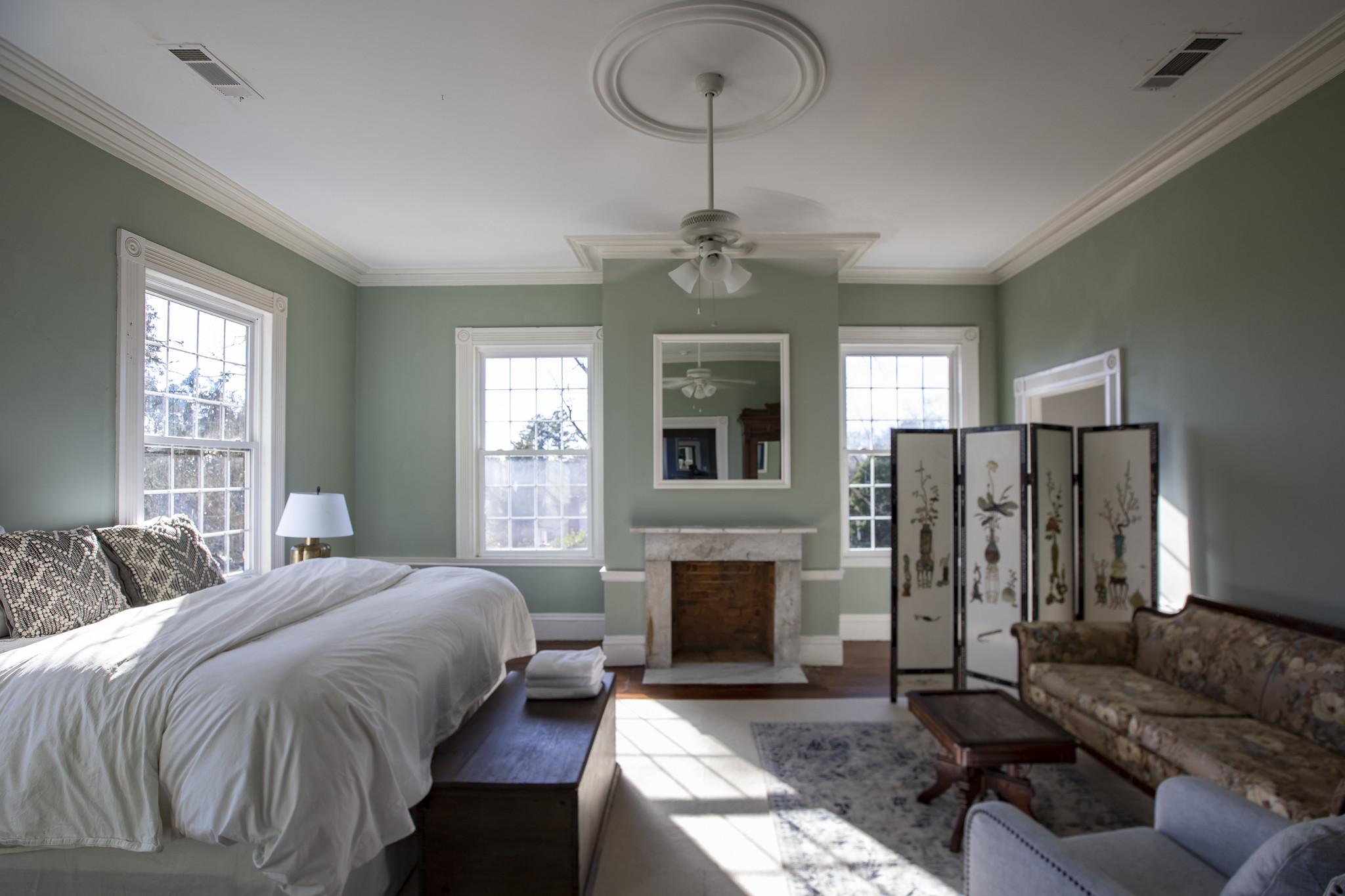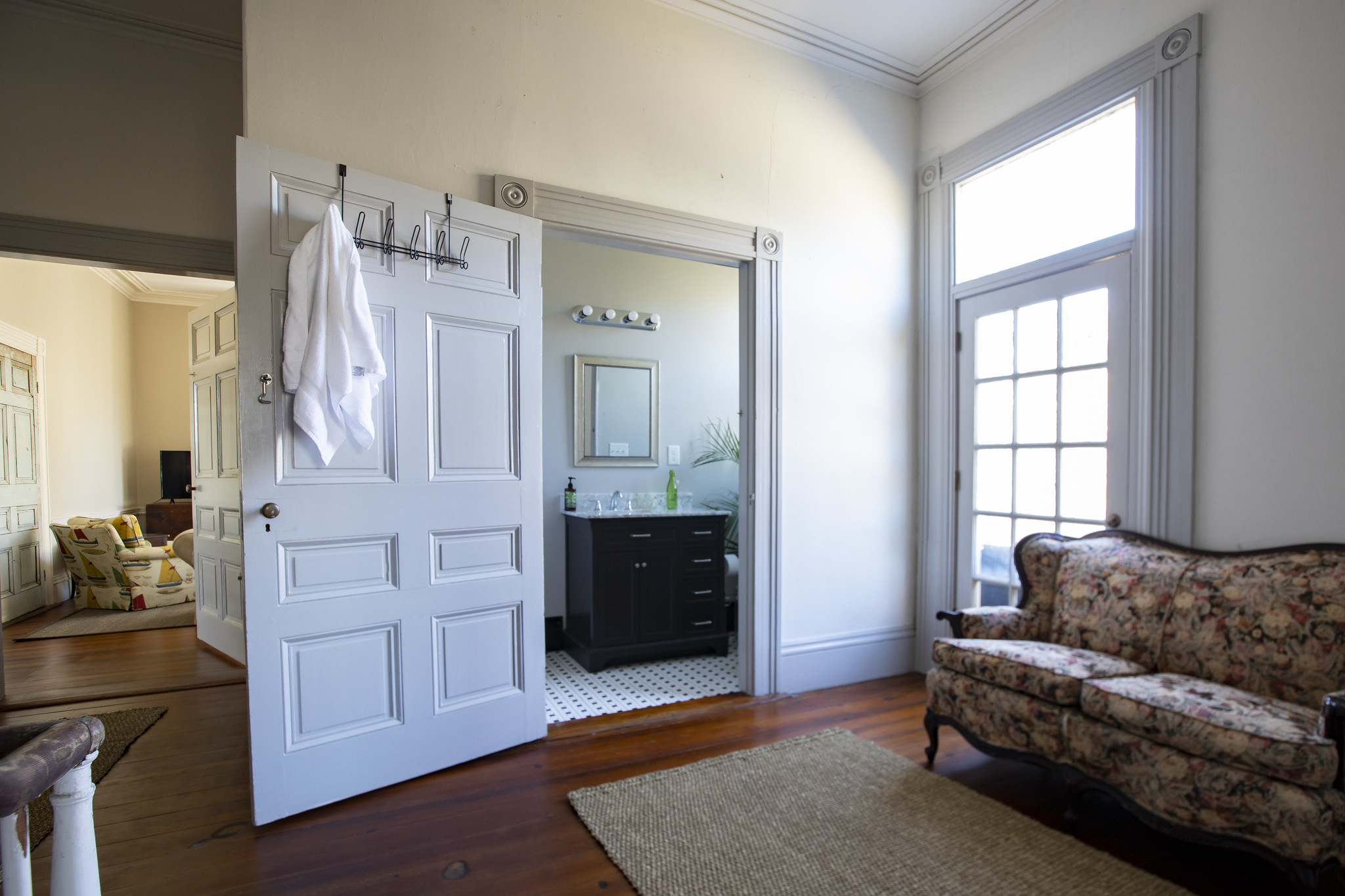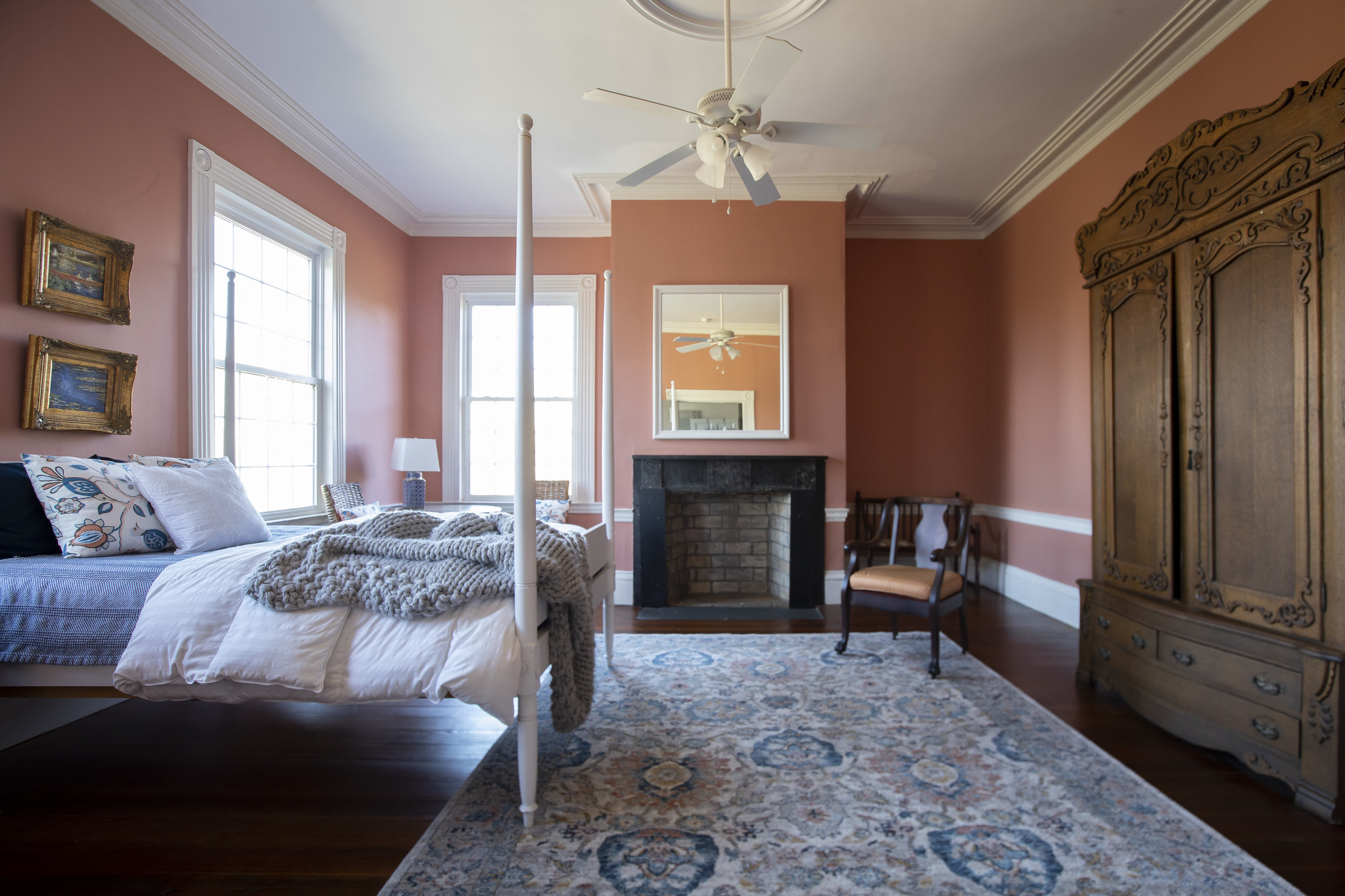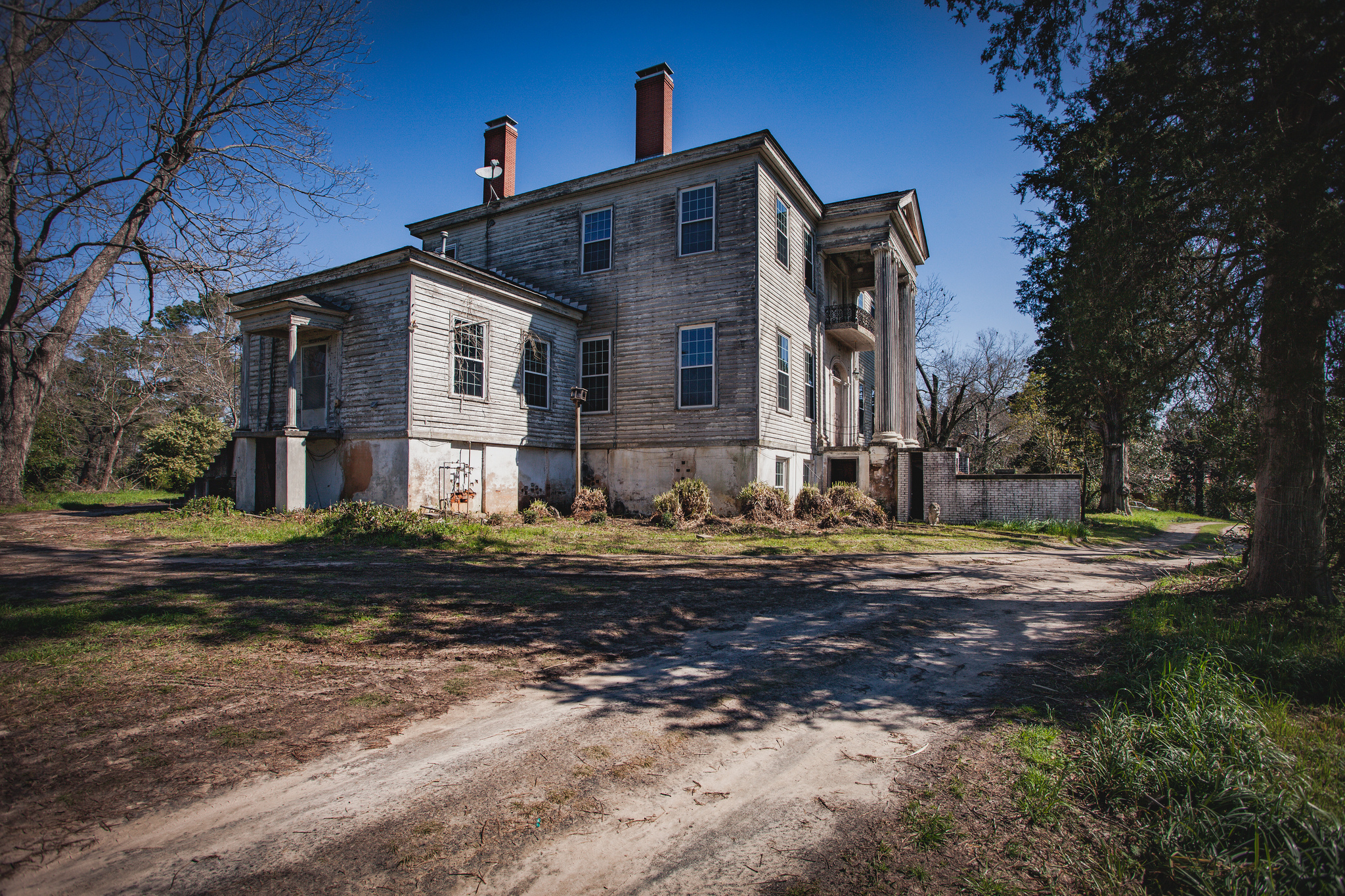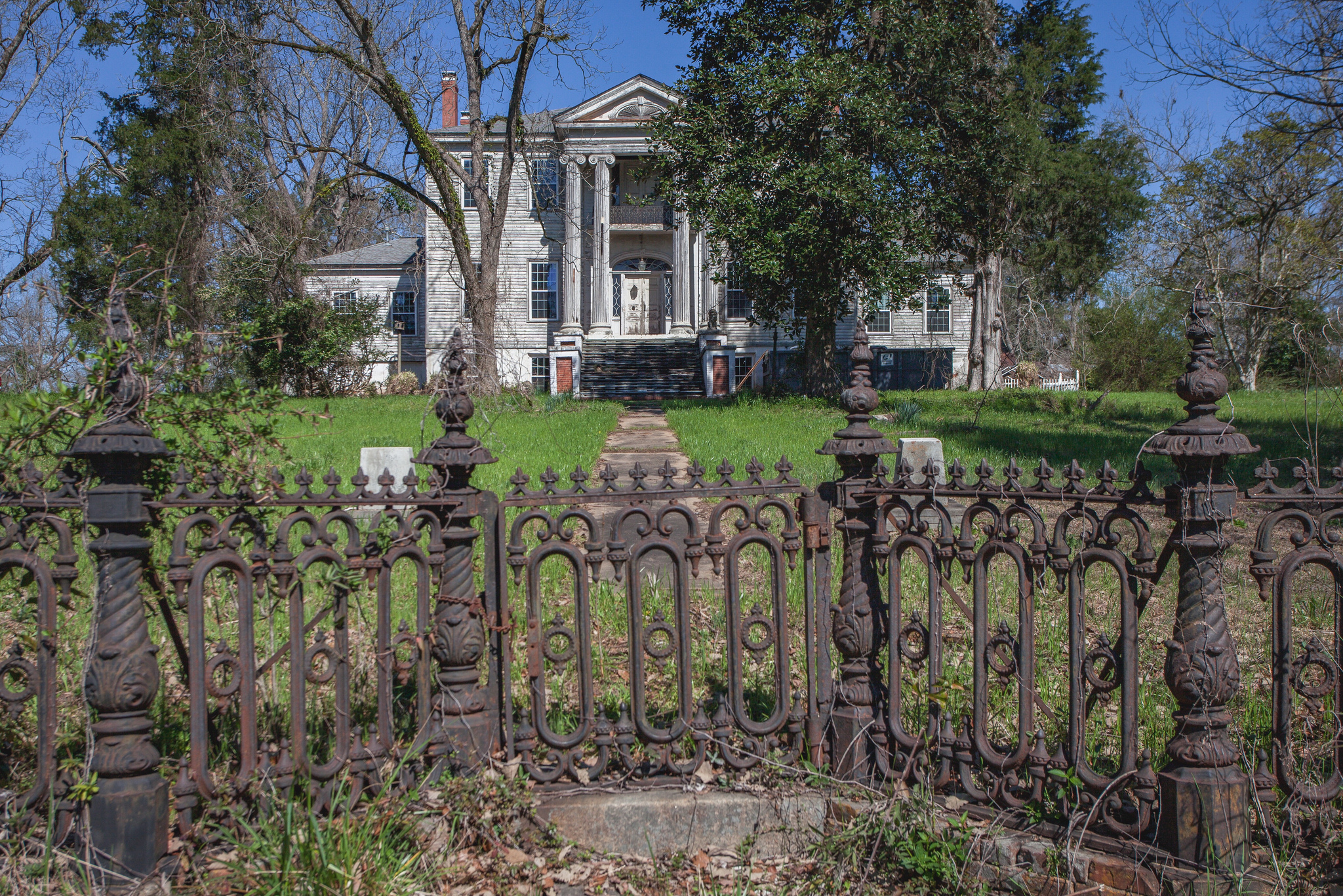Nestled in the historic district of Milledgeville, Georgia, the Samuel Rockwell House stands as a testament to the resilience and dedication of those committed to preserving the architectural heritage of the American South. Constructed in 1838 by architect Joseph Lane for Colonel Samuel Rockwell, this Greek Revival mansion has undergone a remarkable transformation from a neglected ruin to a vibrant centerpiece of local history and community life. The Samuel Rockwell House, with its grand columns and symmetrical design, is a quintessential example of Greek Revival architecture. When Colonel Rockwell commissioned the mansion, it was a symbol of elegance and prestige, reflecting the architectural trends of the time. However, the house’s story took a dramatic turn after Rockwell’s passing in 1841. In 1850, the mansion was purchased by Governor Herschel Johnson, who used it as his summer residence. Over the years, the house changed hands multiple times, each owner leaving their mark on its character and structure. These alterations, while adding layers to the building’s history, also contributed to the challenges of preserving its original integrity. One of the most significant challenges came in 1969, when a fire severely damaged the roof and upper floors. The house, once a grand symbol of Southern architecture, fell into neglect, its potential obscured by years of deterioration and abandonment.
The turning point for the Samuel Rockwell House came with the efforts of three passionate investors: Ross Sheppard, an Atlanta-based realtor, Jacob Hawkins, and Will Walker. United by their love for historic preservation, these individuals embarked on a mission to restore the mansion to its former glory. Their restoration project was driven by a commitment to honor the house’s historical significance while adapting it for contemporary use. According to Loveproperty.com, the restoration team paid meticulous attention to detail, ensuring that the exterior’s sunny yellow color remained true to its original hue. Traces of this shade, discovered beneath newer layers of paint, guided the restoration process, allowing the house to reclaim its historic charm. The renovation not only repaired the damage from the fire but also modernized the interior to meet current standards while preserving its historic features. The result is a stunning blend of old and new, where the grandeur of the Greek Revival style is complemented by contemporary amenities.
Today, the Samuel Rockwell House has found a new lease on life as a venue for events, including weddings and overnight stays. Its transformation from a historic mansion in disrepair to a thriving events space highlights the success of the restoration efforts. The house now serves as a backdrop for celebrations and gatherings, allowing visitors to experience its historical ambiance firsthand. The Rockwell House’s journey from ruins to restoration is a testament to the dedication of those who recognize the importance of preserving our architectural heritage. It stands as a vibrant example of how historic buildings can be given new purpose while honoring their past. As the Rockwell House continues to host events and welcome guests, it remains a cherished piece of Milledgeville’s history, a symbol of resilience and a beacon for future preservation endeavors.
